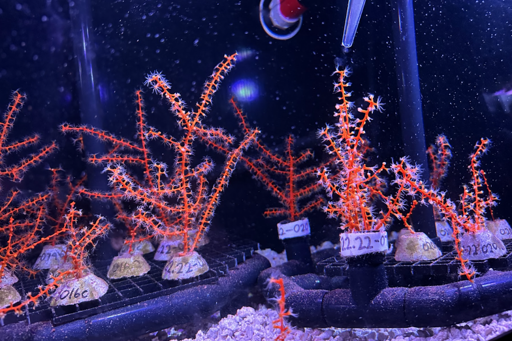When BP’s Deepwater Horizon oil rig exploded in the Gulf of Mexico in 2011, it led to the largest oil spill in U.S. history, severely damaging marine ecosystems. Part of the settlement money that BP agreed to pay has since been used for a deep-sea restoration project that has achieved significant milestones in spawning corals through new innovative methods, Mongabay’s Liz Kimbrough reported in May. The eight-year, deep-sea Mesophotic and Deep Benthic Communities (MDBC) restoration projects, led by the U.S. National Oceanic and Atmospheric Administration (NOAA) and partner institutions, involve propagating coral, as well as mapping, assessing, protecting and managing deep ocean habitats across the Gulf of Mexico. The teams first use autonomous underwater vehicles (AUVs) and remotely operated vehicles (ROVs) to map and scan the seafloor. Their camera footage helps researchers identify locations with the most damaged coral species, allowing them to focus on areas where they can make the greatest impact. “We are mapping the Gulf to a level that is practically unprecedented,” Andrew Davies, a professor of marine biology from the University of Rhode Island, told Kimbrough. Since 2022, they’ve mapped 19,400 square kilometers (7,500 square miles) of the seafloor, nearly the size of the country of Wales. Once the maps are ready, the researchers use the ROVs’ mechanical arms to carefully collect small cuttings of healthy corals, avoiding damage the rest. Researchers then further cut these clippings into smaller pieces and mount them on a concrete rack. After just a few days, or sometimes hours, the racks…This article was originally published on Mongabay
From Conservation news via this RSS feed


